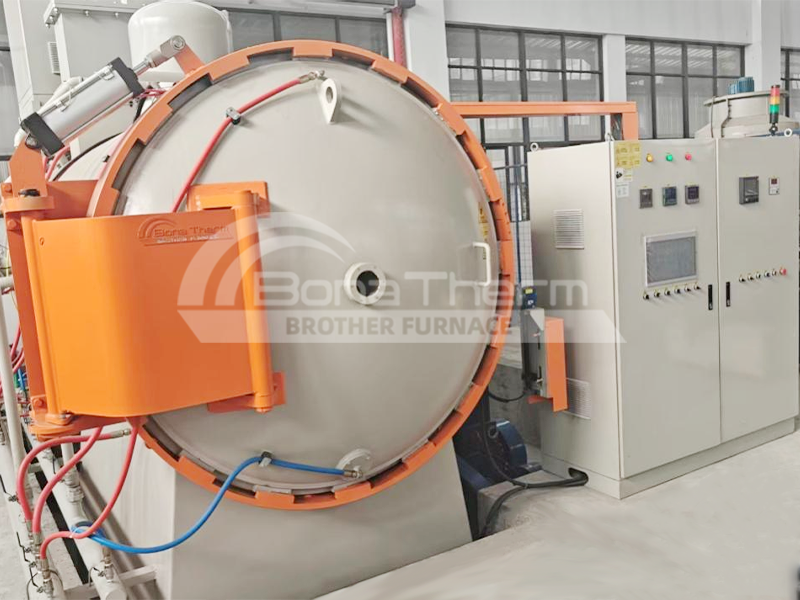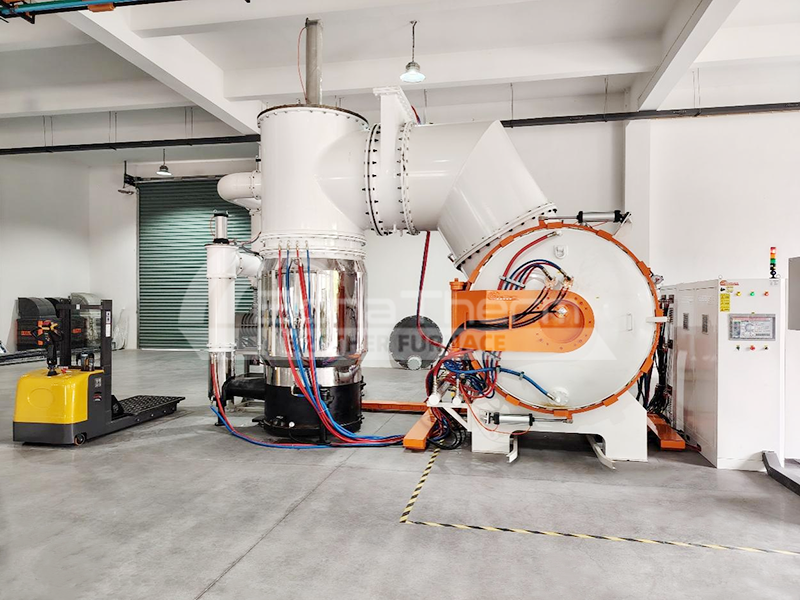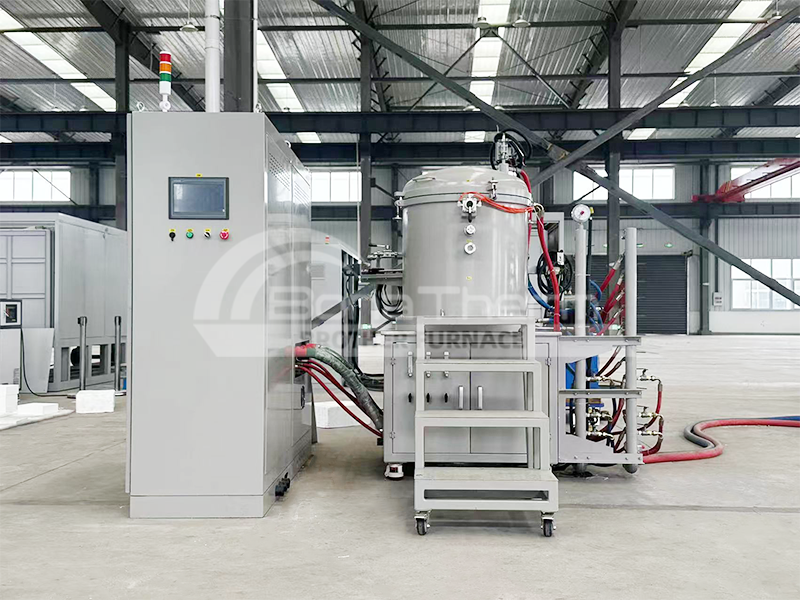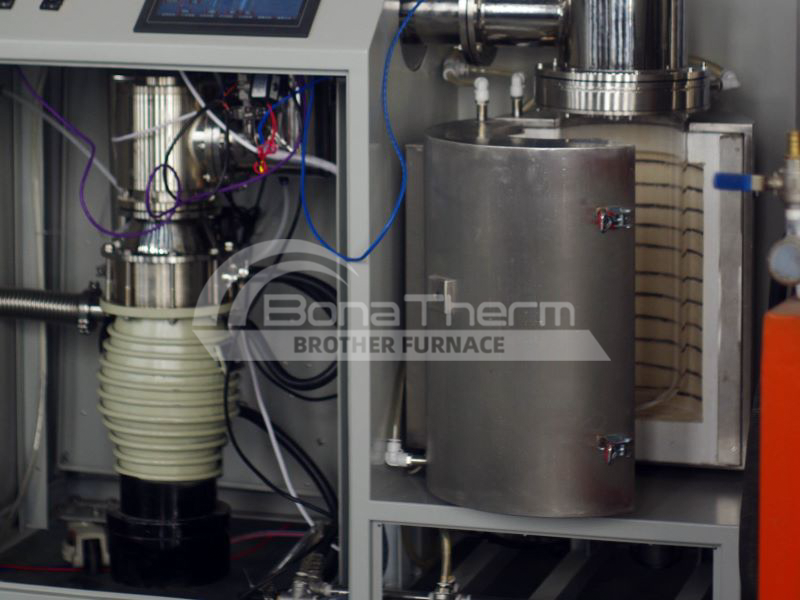How to Understand the "Genes" of Alumina Ceramics— Vacuum Debinding And Sintering Furnace is the best choice
- By: Brother Furnace
- 2025-10-15 01:46
In the modern industrial field, alumina ceramics have become an indispensable key material in electronics, medical, machinery, metallurgy, and other industries due to their excellent hardness, wear resistance, electrical insulation, and chemical stability.
Alumina ceramics aren’t a single category; their performance varies widely, and the material requirements for different applications vary widely.
The vacuum debinding and sintering furnace, as the core processing equipment, also plays a crucial role.
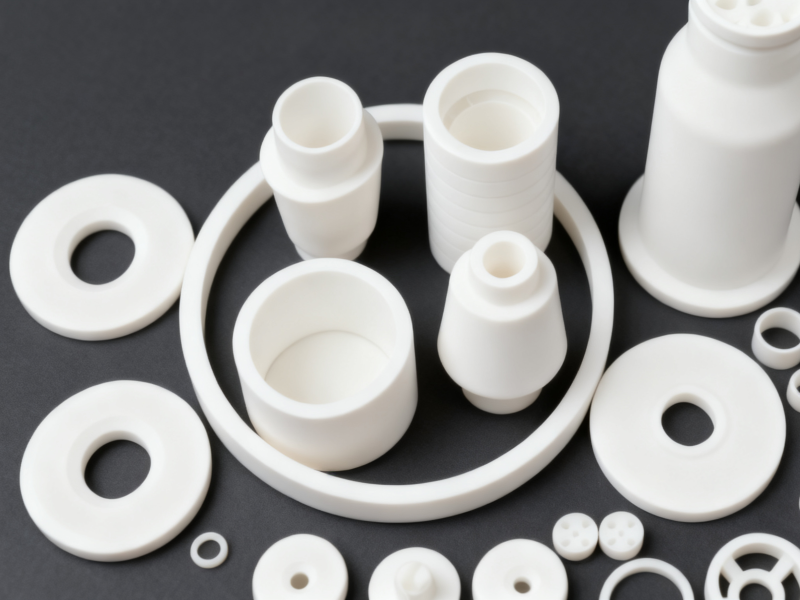
What constitutes the "Gene Code" of Alumina Ceramics?
The performance of alumina ceramics is not determined by a single factor, but is shaped by its intrinsic chemical composition and powder physical properties. These two “genes” directly determine the application boundaries of the material.
1. Chemical Purity of alumina ceramics: impurities are invisible “destroyers”:
“95% alumina” actually refers to the purity of the aluminum oxide. However, it’s the small amounts of impurities that really affect its uses: for example, soda can reduce the material’s insulation properties; iron oxide can discolor the ceramic and potentially jeopardize its safety; and excess silica can soften it at high temperatures.
2. Powder Properties of alumina ceramics: the shaper of microstructure:
Alumina ceramics are produced by firing powder. The powder’s state directly impacts the final product: the finer the powder and the more uniform the particle size, the stronger the resulting ceramic.
For example, for cutting tools, fine powder is required to produce a hard blade. For spray coatings, spherical powder is essential for easier and more even application.
Why is the vacuum debinding and sintering furnace the best choice?
Whether controlling impurities in high-purity alumina or achieving densification of fine-grained powders, precise sintering processes are essential.
As a special equipment for processing alumina ceramics, the vacuum debinding and sintering furnace has become a key tool for processing due to its unique process capabilities.
Their advantages are irreplaceable, especially in demanding applications.
1. The core advantages of the vacuum debinding and sintering furnace:
The sintering process of alumina ceramics has extremely high environmental requirements. Conventional atmospheric sintering easily introduces impurities and can cause oxidation, making it difficult to meet performance standards.
Vacuum debinding and sintering furnaces, with their unique characteristics, perfectly address these pain points. They create an airtight vacuum environment, preventing impurities from adhering to the ceramic's surface during the sintering process.
This is particularly effective in preventing impurity contamination when producing high-purity ceramics, ensuring that key product indicators such as insulation and safety meet standards.
For complex ceramic shapes, it ensures uniform temperature across all parts, preventing deformation and cracking. Ultimately, the fired ceramics achieve higher density and offer improved wear and drop resistance.
For ceramics containing specialized materials, the vacuum environment protects these ingredients from oxidation and degradation, ensuring the ceramics meet their designed performance and adaptability to a wider range of applications.
2. Product features of the vacuum debinding and sintering furnace:
To better adapt to the processing of alumina ceramics of different applications, professional vacuum furnaces usually have the following customized functions to meet the full range of scenario needs from laboratory research and development to industrial mass production.
Equipped with a PLC control system and touch screen, the operator simply selects the appropriate process, and the equipment automatically completes the heating, insulation, cooling, and vacuum control processes, reducing human error.
Remote monitoring and data storage are also supported, facilitating process traceability and optimization.
The sealed box inside the chamber can also prevent the volatile gas from escaping from polluting the inner wall of the furnace and the insulation material, further improving the process quality.
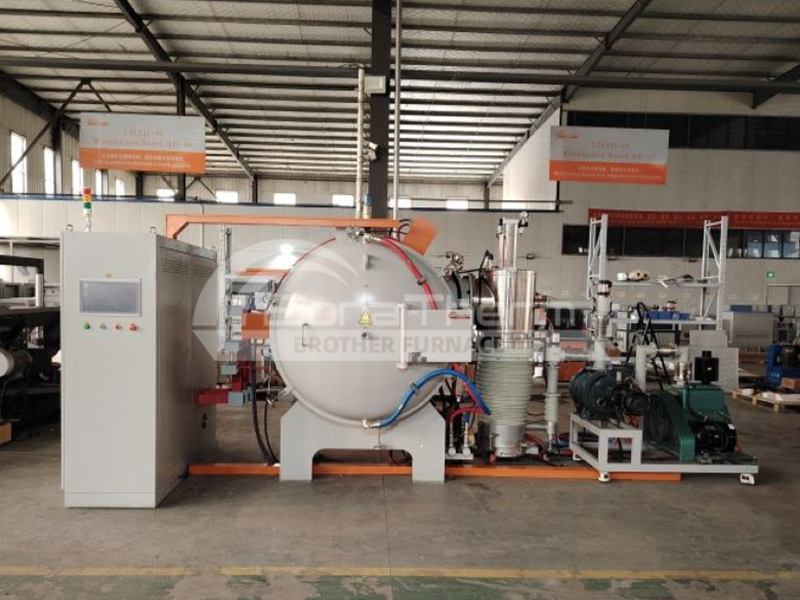
If you are engaged in the research and development, and production of alumina ceramics and need sintering solutions adapted to different application scenarios, we sincerely welcome you to learn more about our products.
A high-quality vacuum furnace will become your powerful partner. It can not only ensure the stable performance of materials but also improve production efficiency and reduce costs through customized processes and intelligent control, helping you seize the initiative in the fierce market competition and fully unleash the ultimate value of alumina ceramics in various industries.

